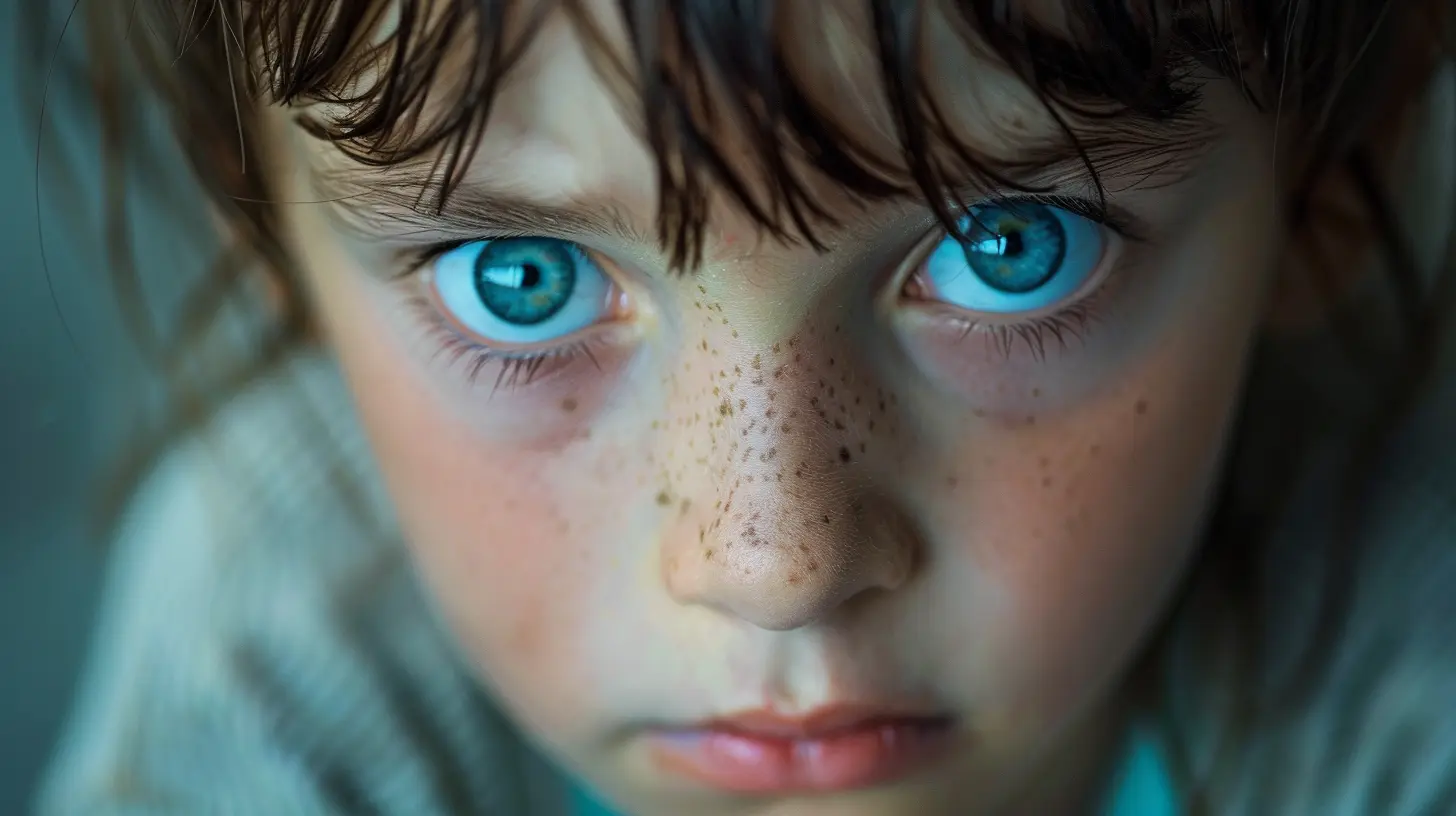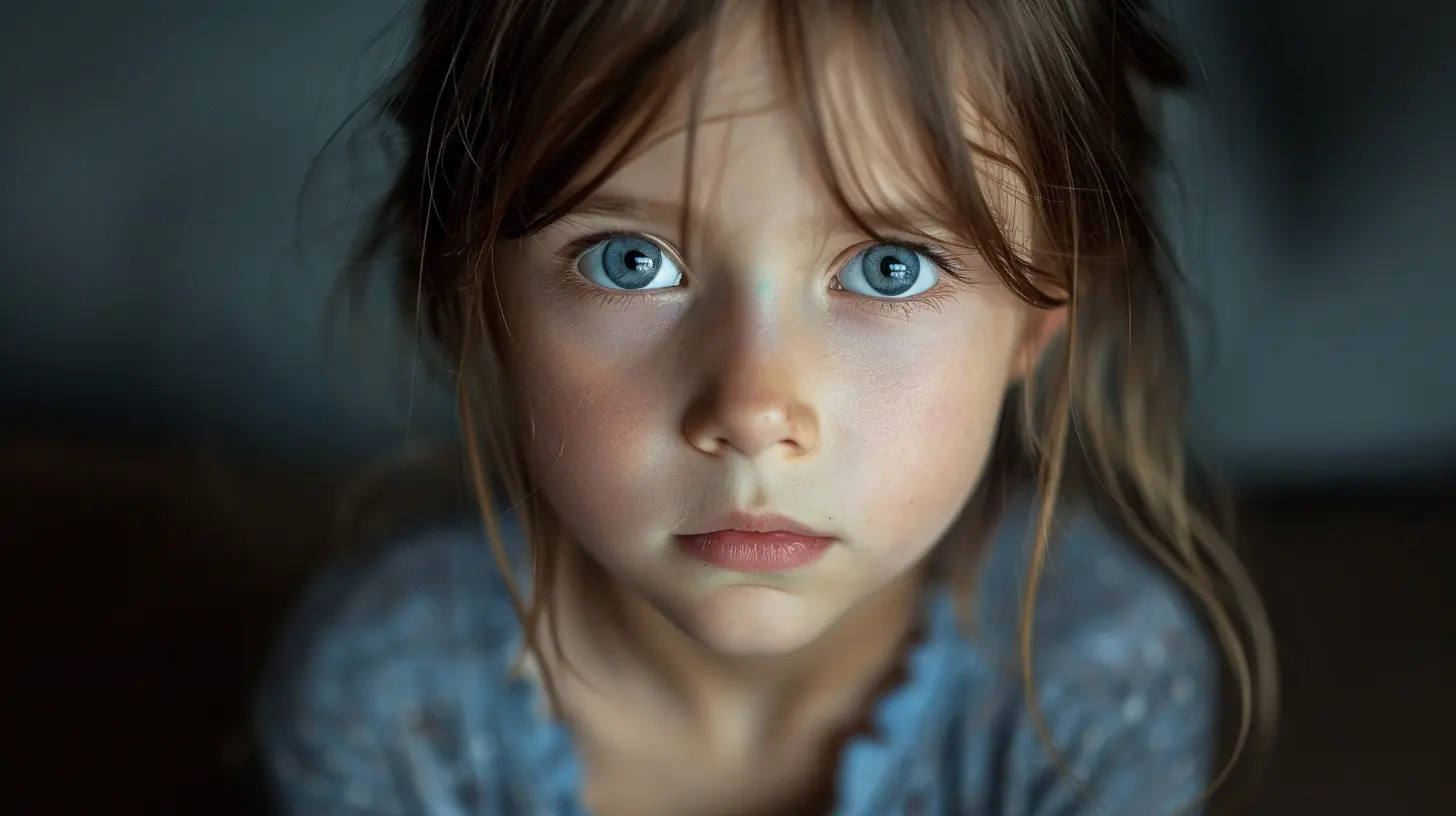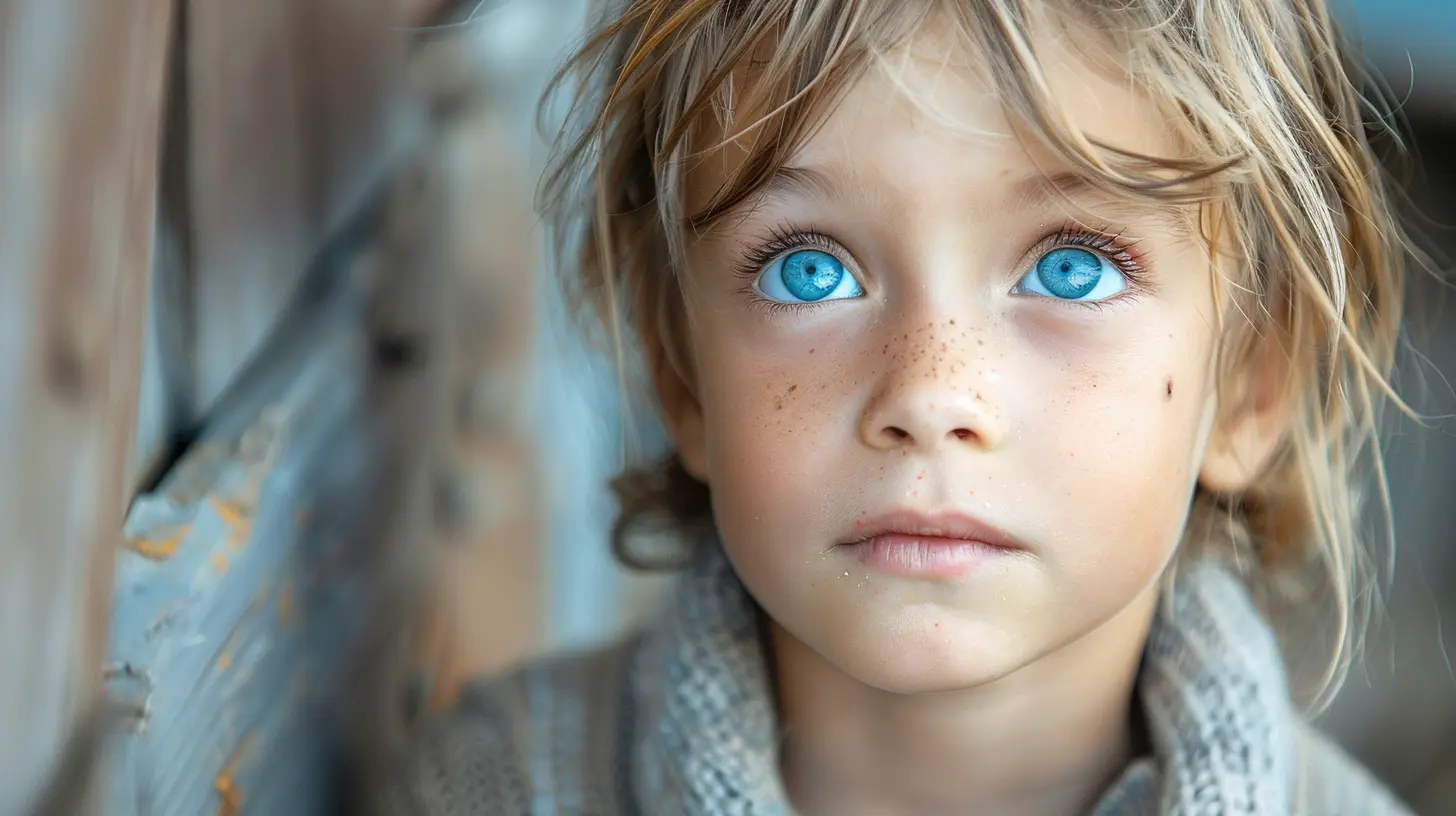Recognizing and Addressing Trauma Responses in Foster Children
19 November 2025
Trauma is a heavy word, isn't it? It conjures up images of something deeply unsettling, the kind of thing that leaves a lasting impression on someone’s mental and emotional landscape. Now, imagine you're a child, navigating the world with barely any understanding of what's going on. You’ve been uprooted from your home, placed in foster care, and thrust into a whirlwind of emotions and new experiences. It’s no wonder that many foster children develop trauma responses—coping mechanisms that help them survive, but can sometimes hinder their ability to thrive.
In this article, we’ll dive deep into understanding trauma responses in foster children, how to recognize them, and most importantly, how caregivers and foster parents can address these issues in a compassionate and effective way. Buckle up, because while the ride might be bumpy, the destination—a healthier, more nurturing environment for foster kids—is well worth it.

What Is Trauma?
Before we even talk about how trauma manifests in foster children, let’s break down what trauma actually is. Trauma isn’t just about experiencing something bad; it’s about how your brain and body react to that event. It’s like an earthquake that shakes the foundation of someone’s emotional well-being.For children, trauma can occur from things like:
- Abuse (physical, emotional, or sexual)
- Neglect
- Witnessing domestic violence
- Parental substance abuse
- Loss of a caregiver
- Being placed in foster care itself
Foster children are particularly vulnerable because they’ve often experienced multiple forms of trauma before they even enter the foster system. And make no mistake—being taken away from one’s biological family, no matter how dysfunctional, is a traumatic event in itself.

Trauma Responses: What to Look For
The tricky thing about trauma is that it doesn’t always show up in obvious ways. Trauma responses can be subtle, sometimes even mistaken for “bad behavior” or “attention-seeking.” But let’s flip the script here: what if it’s not bad behavior, but a child simply trying to survive in a world that’s been unpredictable and unsafe?Here’s what you might see in a foster child who’s dealing with trauma:
1. Hypervigilance
Have you ever noticed a child who seems to be constantly on edge, as if they’re waiting for something bad to happen? That’s hypervigilance. It’s like their internal alarm system is stuck in the "on" position. They might be overly sensitive to loud noises, sudden movements, or even changes in routine. This response is a direct result of the brain being in “fight or flight” mode for too long.2. Emotional Dysregulation
This is a fancy term for when a child struggles to manage their emotions. One moment they’re calm, the next they’re having a full-blown meltdown over something that seems minor. It's not just them “acting out”; their emotions may feel too big to handle because their brain hasn’t learned how to regulate them after experiencing trauma.3. Attachment Issues
Children who’ve experienced trauma, especially related to caregivers, may have trouble forming healthy attachments with new caregivers. Some may become clingy, seeking constant reassurance, while others may push people away, finding it difficult to trust anyone. This is often known as "attachment anxiety" or "avoidant attachment."4. Aggression or Withdrawal
Some children might act out aggressively when they’re feeling scared or overwhelmed. Others may shut down completely, retreating into themselves like a turtle pulling into its shell. Both of these reactions are protective mechanisms—ways to keep themselves safe from perceived threats, even if those threats aren’t actually present anymore.5. Developmental Delays
Trauma can affect a child's cognitive and emotional development. You might notice that a foster child seems behind in school or struggles with basic tasks that other children their age can handle easily. Trauma takes up a lot of mental energy, leaving little room for learning and growing in typical ways.6. Self-Blame
One of the most heartbreaking trauma responses is a child believing that they are responsible for the bad things that have happened to them. They might say things like, “It’s my fault I was taken away,” or internalize the idea that they’re unlovable. This is their way of making sense of a world that doesn’t make sense.
Why Trauma Responses Happen
Why do these trauma responses show up? It all comes down to survival. A child’s brain is wired to keep them safe, and when they’ve been in unsafe situations, their brain develops coping mechanisms. These responses, while adaptive in the moment, can become maladaptive in the long run.Think of it like this: If you’re walking through a forest where bears are known to attack, you’d be on high alert, right? Your senses would be heightened, your body would be ready to run or fight at a moment’s notice. But what happens when you leave the forest and enter a safe, peaceful meadow? If your brain still thinks there's a bear around every corner, you're going to have a hard time relaxing and enjoying the flowers. Trauma responses are like that—they’re based on past experiences, but they keep showing up in the present, even when the danger is gone.

How Can Caregivers and Foster Parents Help?
So, you’ve noticed some trauma responses in your foster child—now what? How do you help them feel safe and supported while also encouraging growth and healing? It’s not easy, but it’s absolutely possible with the right approach.1. Provide Consistency and Predictability
Trauma often stems from chaos and unpredictability, so one of the most important things you can do is create a stable, predictable environment. Make sure your foster child knows what to expect each day. Establish routines and stick to them as much as possible. Consistency builds trust, and trust is the foundation for healing.2. Model Emotional Regulation
Children learn by watching the adults around them. If you model calm, regulated behavior, they will eventually learn to do the same. This doesn’t mean you have to be perfect—far from it. But when you feel yourself getting frustrated or angry, take a deep breath and show them how you manage your emotions. Over time, they’ll start to internalize these skills.3. Validate Their Feelings
One of the biggest mistakes adults make is dismissing a child’s feelings. Don’t tell them to “calm down” when they’re upset or to “get over it” when they’re hurting. Validate their emotions by saying things like, “I can see that you’re really angry right now. It’s okay to feel angry. Let’s figure out what we can do about it.” This helps the child feel seen and heard.4. Build a Secure Attachment
Foster children may have attachment issues, but that doesn’t mean they’re incapable of forming healthy relationships. You can help by being patient, understanding, and consistent in your caregiving. Show them that you’re there for the long haul, even when things get tough. Over time, they’ll start to trust that you’re a safe person in their lives.5. Seek Professional Support
Trauma is complex, and sometimes you’ll need help from professionals. Consider therapy options like Trauma-Focused Cognitive Behavioral Therapy (TF-CBT) or play therapy, which can help children process their trauma in a safe, structured environment. Don’t be afraid to ask for help—it takes a village, after all.6. Encourage Healthy Coping Mechanisms
Help your foster child develop new, healthier ways to cope with their emotions. This could be through creative outlets like art or music, physical activities like sports or dance, or mindfulness techniques like deep breathing and meditation. The goal is to give them tools they can use to manage their feelings in a safe way.7. Be Patient
Healing from trauma isn’t a sprint; it’s a marathon. There will be good days and bad days, progress and setbacks. The key is to remain patient and persistent. Celebrate the small victories and remind yourself (and your foster child) that healing takes time.Final Thoughts
Raising or caring for a foster child who has experienced trauma isn’t easy, but it’s one of the most rewarding things you can do. By recognizing the signs of trauma and addressing them with compassion and understanding, you’re giving these children the tools they need to heal and grow. You’re helping them move from merely surviving to truly thriving.Remember, the key isn’t to “fix” them, but to walk alongside them as they navigate their healing journey. With love, patience, and a little bit of guidance, they can learn to rebuild the trust and security that trauma has stolen from them.
all images in this post were generated using AI tools
Category:
Psychological Disorders In ChildAuthor:

Eliana Burton

